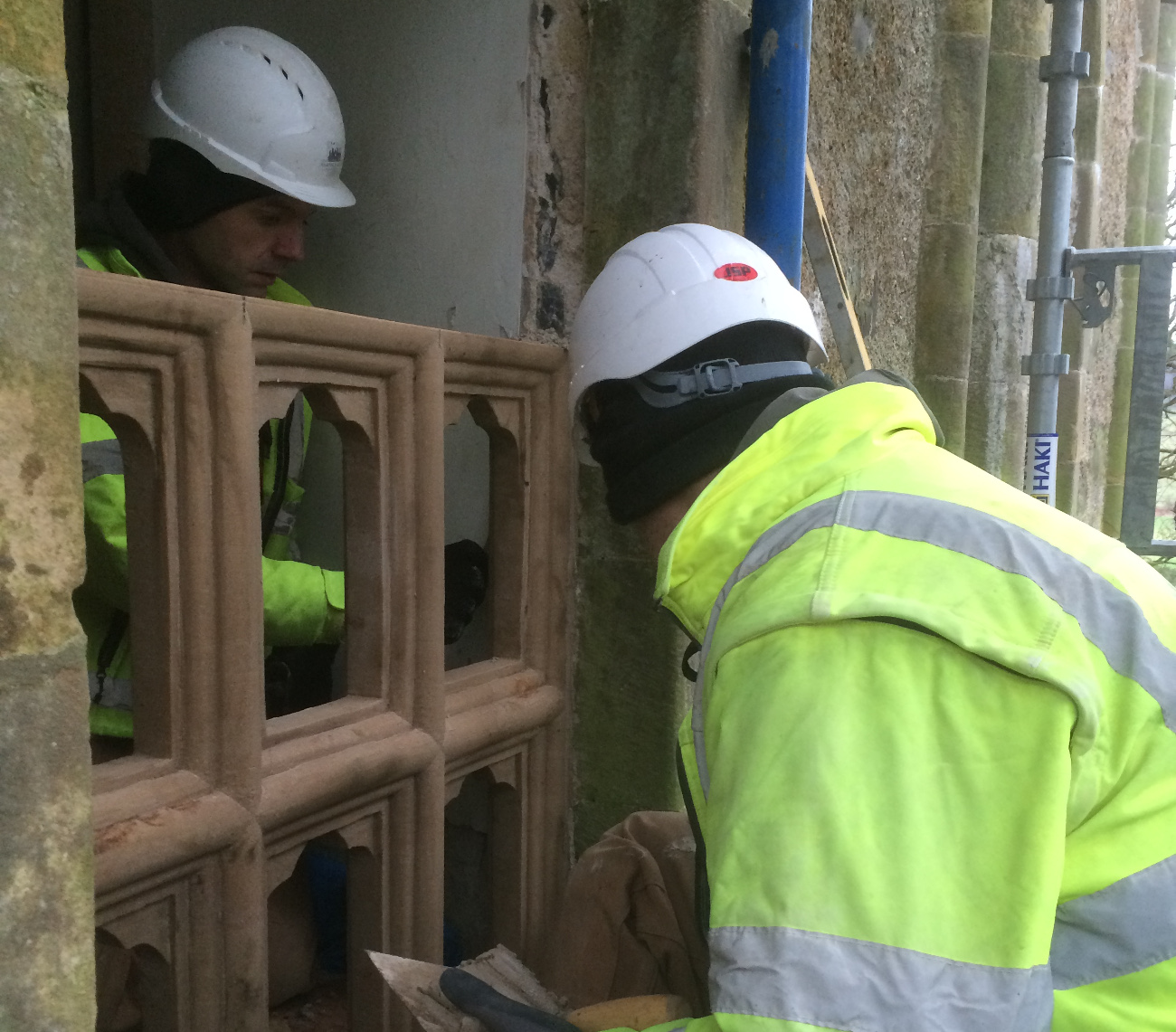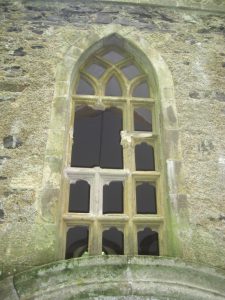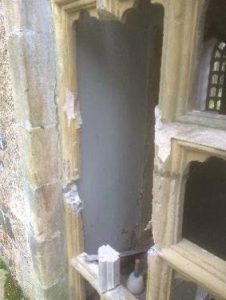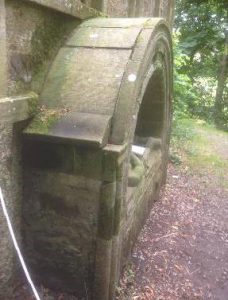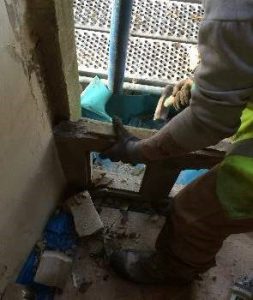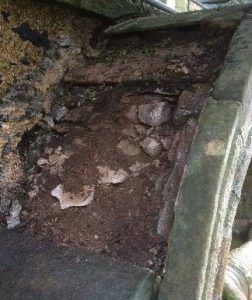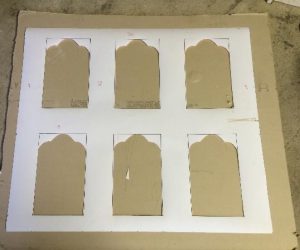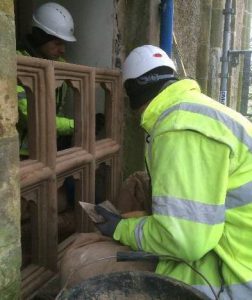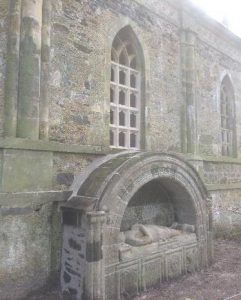Client – Aberdeenshire Council
Background Information
Duff House Mausoleum was built in 1793 approx. mile mile from Duff House located on the outskirts of Banff, Aberdeenshire. The mausoleum was built by the second Earl of Fife and contains the remains of 21 members of the Duff of Duff House family with the earliest remains being that of Alexander Duff of Braco who died in 1705.
Unfortunately in recent time the Mausoleum has suffered from numerous acts of vandalism.
Harper and Allan Masonry were contacted by Aberdeenshire Council to assess the damage and propose a repair and conservation strategy for the Southern tracery window and tomb.
Scope of Works
Works were concentrated on the Southern Elevation tracery window which had suffered damage from vandalism. The window consisted of 3 sections of tracery of which the lower section was found to be a cast concrete replacement. The decision was to to renew both the concrete lower section and the damaged middle section with new carved sandstone.
The tomb situated directly below the Southern Tracery window was also in need of repair. Capping stones had become dislodged and joints were hungry of mortar this allowing water to penetrate from the top into the tomb causing vegetation growth and staining to the tomb below. Works here included uplift of the capping stones and rebed on hydraulic lime mortar bed, reflaunching junction between capping stone and Mausoleum wall. A sympathetic clean to the tomb was undertaken by means of a low pressure wash and finished of with a lime mortar point.
Stone Sourcing & Matching Original
Clashach sandstone was chosen as this was the closest match to the original stone from samples obtained. This is also locally sourced as this is the nearest sandstone quarry still functioning to the Mausoleum near Hopeman.
Templates and dimensions were taken from the original stones situated on the Southern and Eastern elevations so to match the original as much as possible
Stone Dressing
The new stone surround was carved offsite to match the original profile using the afore mentioned Clashach sandstone. As the stone was only 100mm thick, great care had to be taken during carving works.
Installation of New Stonework
Stone was then carefully transported to site where the defective stone was removed from site to allow the new to be installed. Upper section was left in place and temporarily propped. New sandstone tracery was then built into position on a lime bed and pointed with the same.
